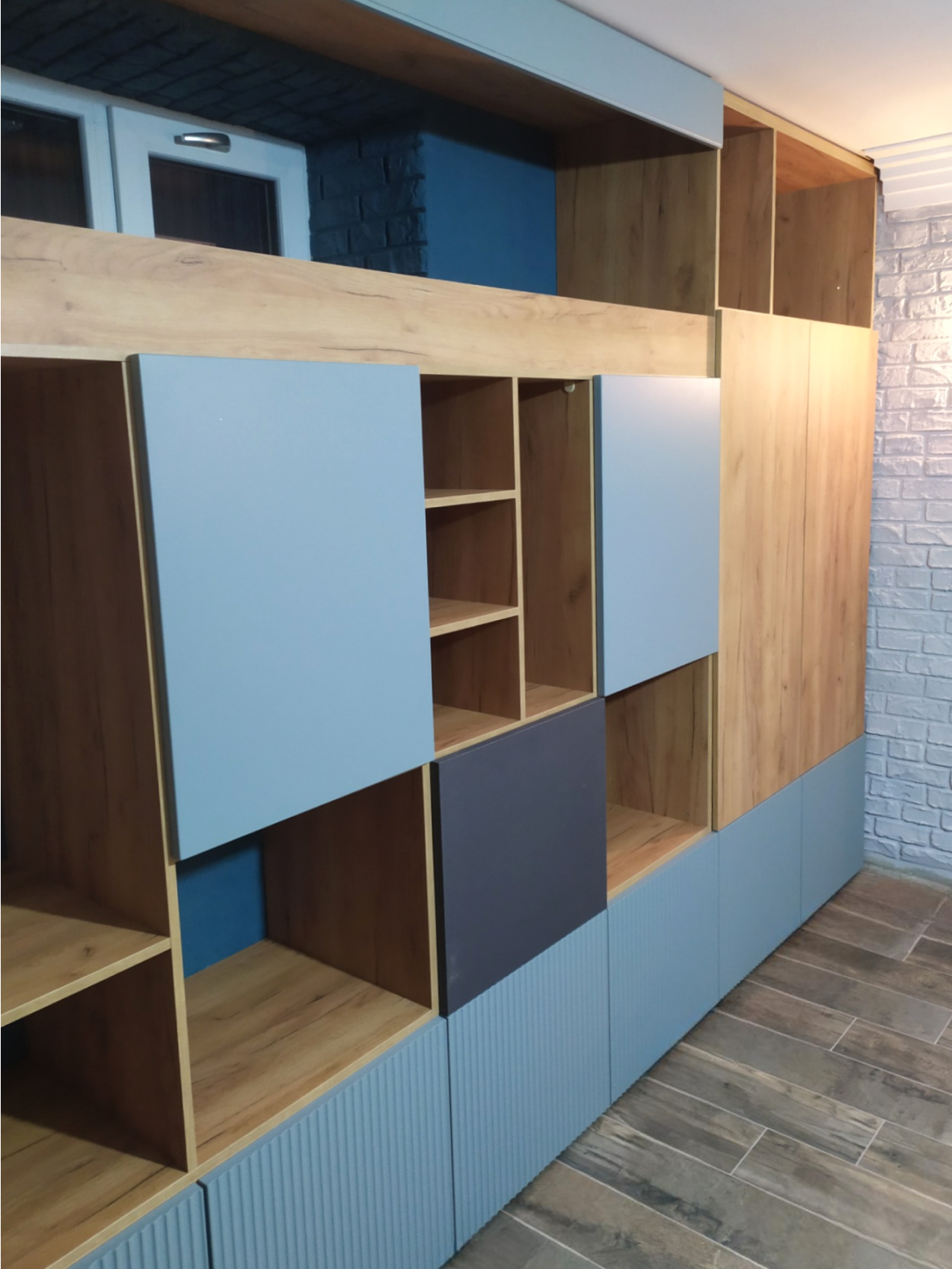Culinary Spaces Redefined: Innovating the Modern Kitchen
The Evolution of Culinary Spaces
The modern kitchen has undergone a profound transformation in recent years, transitioning from a purely functional area to a versatile, multi-purpose space. Driven by technological advancements and changing social dynamics, culinary spaces are now designed to cater to a diverse range of activities, from cooking and dining to socializing and working. This evolution signifies a shift in how we perceive and utilize the heart of the home, emphasizing convenience, aesthetics, and adaptability.
Technology Integration in the Kitchen
State-of-the-art technology has played a pivotal role in redefining kitchen spaces. Smart appliances, connected devices, and innovative materials have made culinary tasks more efficient and enjoyable. Voice-activated assistants, for instance, help with recipe preparation and management of kitchen tasks, while smart refrigerators track food inventory and suggest recipes based on the contents. These technological integrations create a seamless cooking experience, blending functionality with modern convenience.
Multipurpose Design for Modern Lifestyles
As our daily lives become increasingly dynamic, the need for multipurpose spaces is more imperative than ever. The modern culinary space is designed with versatility in mind, doubling as a home office, a place for children's activities, or even a mini entertainment center. Design elements like mobile kitchen islands, adjustable lighting, and modular storage solutions are altering how spaces can be used, enabling the kitchen to meet a wide array of needs.
Eco-Friendly Features and Sustainable Practices
Sustainability is another critical aspect of the modern culinary space. Homeowners and designers alike are prioritizing eco-friendly practices and materials in kitchen designs. Energy-efficient appliances, repurposed materials, and waste reduction systems are becoming standard practices. Additionally, the growing trend of indoor herb gardens and composting options reflects a heightened awareness of environmental responsibility within the culinary domain.
The Aesthetic of Modern Kitchens
Redefining culinary spaces also involves a focus on the aesthetic appeal. The trend towards open-plan living has resulted in kitchens that are not only highly functional but also visually striking. Customizable cabinetry, bold color palettes, and artistic lighting fixtures contribute to a kitchen's personality and style. The modern kitchen is as much a reflection of individual taste as it is a culinary workspace.
The Social Kitchen: Encouraging Interaction and Connectivity
Kitchens are increasingly becoming a hub for social interaction. The design of modern culinary spaces encourages gathering, conversation, and communal dining. Features such as breakfast bars, expansive countertops, and open layouts facilitate hosting and engagement, allowing the kitchen to serve as a central point for connection within the home.
Conclusion
The redefinition of culinary spaces represents a shift towards multifunctionality and personal expression within the home environment. As we continue to demand more from our kitchens—both in terms of practicality and aesthetics—the boundaries of what a kitchen can be will keep expanding. In the heart of every home, innovation paves the way for a future where culinary spaces are not just for cooking but living life to the fullest.
